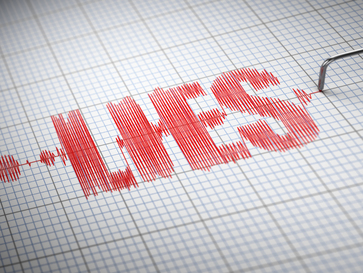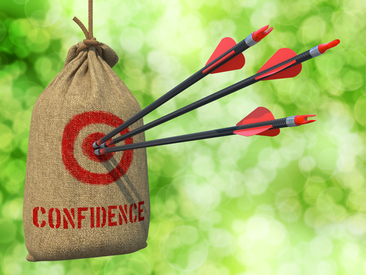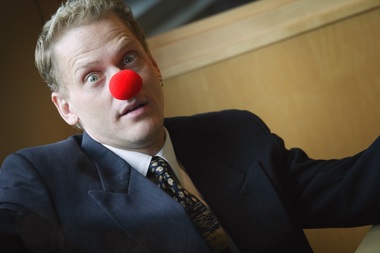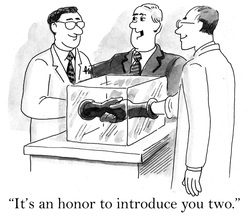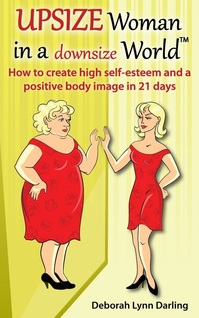Before we discuss the answer to your question, you need to know that you do not hold the power to change someone else’s behavior. You can however set up some pretty clear boundaries that hopefully lead the liar to make different choices where you are concerned. Here are some factors you should look at first:
|
Last month I wrote my newsletter article on “lying”. In this week’s blog post, I want to answer the number one question many of you asked of me —“once you know someone is lying how do you confront them?” In this article we are going to deal with occasional liars and white liars. We are not going to deal with pathological or sociopathic liars. They need professional help because lying is practically an essential part of their personality.
Before we discuss the answer to your question, you need to know that you do not hold the power to change someone else’s behavior. You can however set up some pretty clear boundaries that hopefully lead the liar to make different choices where you are concerned. Here are some factors you should look at first:
1 Comment
Whether you want to admit it or not, we are all liars. We lie to others, we lie to ourselves. Some of these lies we call “little white lies” and we rationalize them by saying that we don’t want to hurt someone by telling them the truth or we don’t want to upset anyone. But they are lies nonetheless. We lie to others and ourselves when we say something doesn’t matter when it really does. These are the lies we can all live with and still feel we are honest upstanding people. But then there are the lies that actually label us as “liars”. These are the lies most of us try to steer clear of.
Impact is defined as an “influence or effect”. Personal impact is literally the influence or effect you have on others. That impact can be positive or negative. Positive personal impact is crucial for success. It is the quality that enables you to influence others and your surroundings, achieve results and be an effective leader. The key is to recognize the impact you’re having on others then adapt your personal impact to get the results you want.
I am very excited to announce that starting May 4, 2015 we are adding a membership component to The Presentation Pros website. We will still provide our monthly newsletters and blog posts to those who wish to visit the site or are signed up on our email lists, but our membership area will provide you with so much more.
A few weeks ago I wrote about the importance of being happy. The kind of happy that comes from within. I was watching the Steve Harvey show the other day and he had a guest on by the name of Bishop T.D. Jakes. I almost turned the show off but as I was getting ready to switch to Netflix, I heard Steve ask him if he had any tips on being happy. His reply was worth the price of admission. I have his 6 tips listed below as well as a link to the YouTube segment of this show. Trust me you are going to want to hear everything this man says in between the tips.
Henry Ford once said “Whether you think you can, or you think you can’t—you’re right.” I have seen many people with lots of talent but no confidence go places in this world while other people with far less talent skyrocket to fame and fortune. Nine times out of ten the differentiating factors are confidence and persistence, which go hand in hand. When someone is confident they stay focused on the prize.
All confidence is not created equal. Insecure people will often put on a mask of confidence that projects itself in an entirely different fashion. This mask cannot be maintained for long before someone is able to pierce the veil of illusion. Genuinely confident people inspire others with their confidence and make things happen. Last week we spoke about happiness. I believe that in order to be happy you must be able to see the humor in life. This week I would like to touch on humor because all humor is not created equal.
One of the questions we get asked a lot at The Presentation Pros is: when is it appropriate to use humor in a presentation, or should it be used at all? Humor when use appropriately is a wonderful way to build rapport, ease tension, diffuse a hostile question and emphasize a key point. Because people love humor it can help your audience stay focused on your message. Studies show that when humor is used to convey a message the audience retains the information longer. Having said this, there is a big difference in adding humor and telling jokes. The wrong kind of humor can take your presentation south in a hurry and really decrease your credibility. Back in 1998 I was one of thirty press people who spent the day with His Holiness the Dalai Lama in Pittsburgh. One of the press people asked His Holiness what he felt the purpose of life was. His Holiness replied “To be happy. Not happy at the expense of another but truly happy within your being. When you are truly happy within your being you are happy to help others in any way you can.” His response really hit me at that time and continues to be a mantra for me to this day.
Last week I talked about the importance of a good handshake. This week I would like to continue to address the handshake and some concerns around it. A family member, who is also a doctor, gave me a copy of his JAMA (Journal of the American Medical Association) newsletter. One of the articles he wanted me to see was all about the handshake and the significant role it plays in transmitting disease.
First, let’s take a look at this social custom which is ingrained in so many, but by no means all, cultures. It is believed that the handshake started as a gesture of goodwill with the Greeks—revealing one’s open palm conveyed trust and the fact that no weapon was hidden. This open palm gesture evolved over time to what we see today as the handshake. It is used for greetings, to show respect, congratulations, used when departing one’s company, used to solidify formal agreements and more. There was a time when a person’s word and their handshake was all that was needed to seal a deal. While there may be many other forms of greeting around the world, in the world of business the handshake is still primarily the gesture that binds the agreement. I don’t know why I am continually amazed when I get a bad handshake. While there are countries in the world where a handshake is not appropriate, in the vast majority of the world it is the accepted form of greeting someone. In the business world, it is not only the accepted form of greeting but it is also used to close a deal or to say goodbye.
We’ve all heard that it takes only 7 seconds to make an image impact, but it may be far less than that according to a series of experiments done by Princeton psychologists, Janine Willis and Alexander Todorov. According to their findings, it only takes 1/10th of a second to form an impression about someone and those impressions are not significantly altered. If this is true, your handshake becomes even more important than ever. |
|
